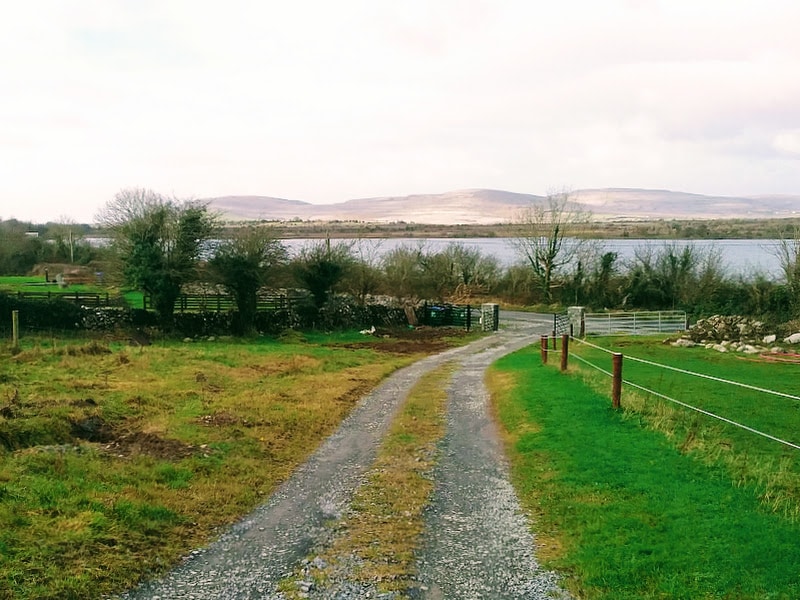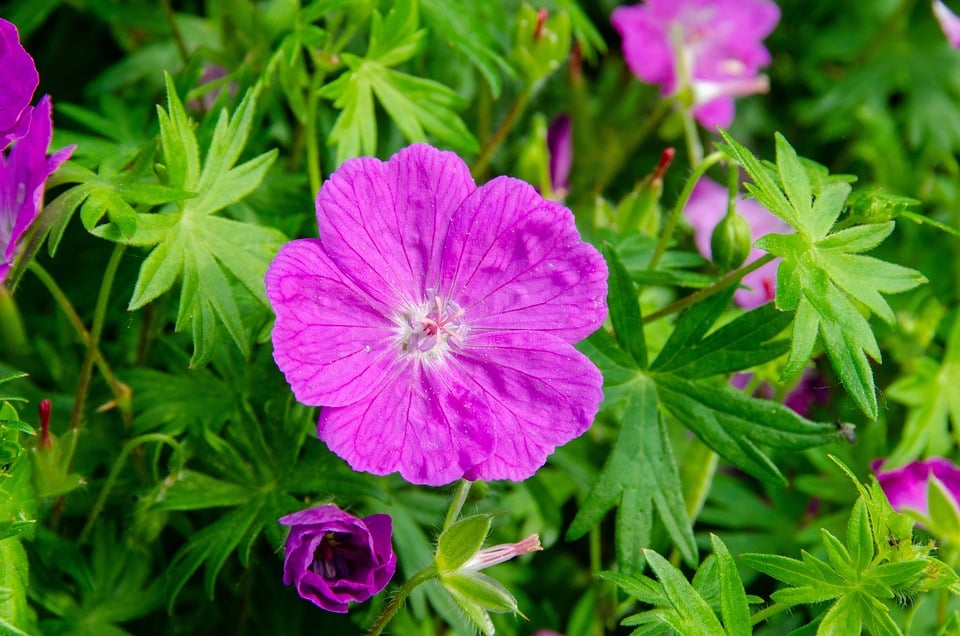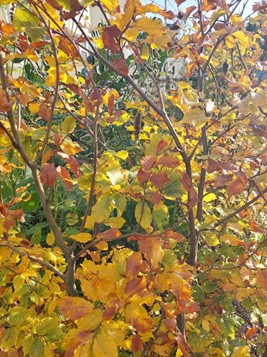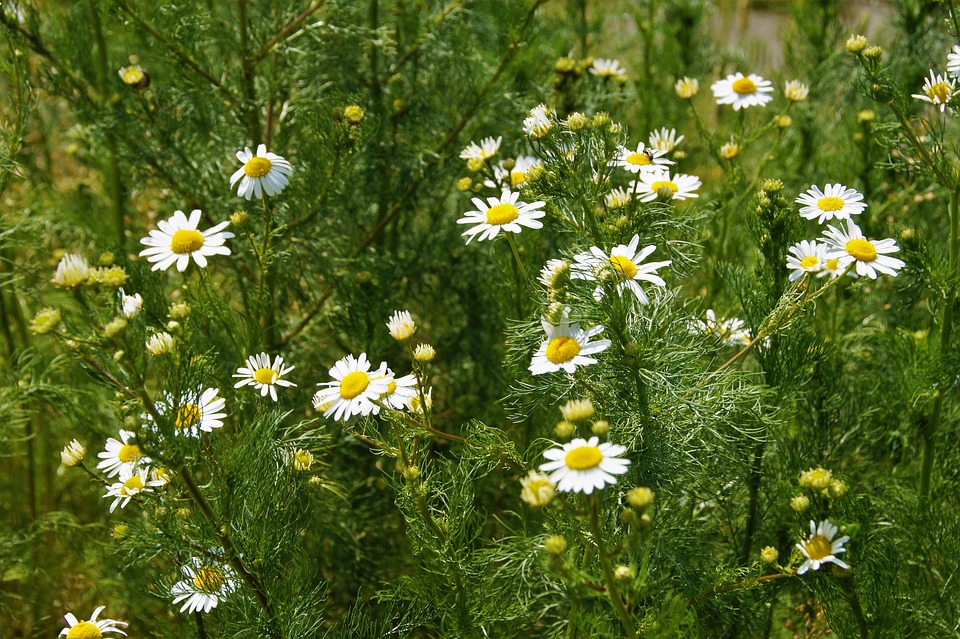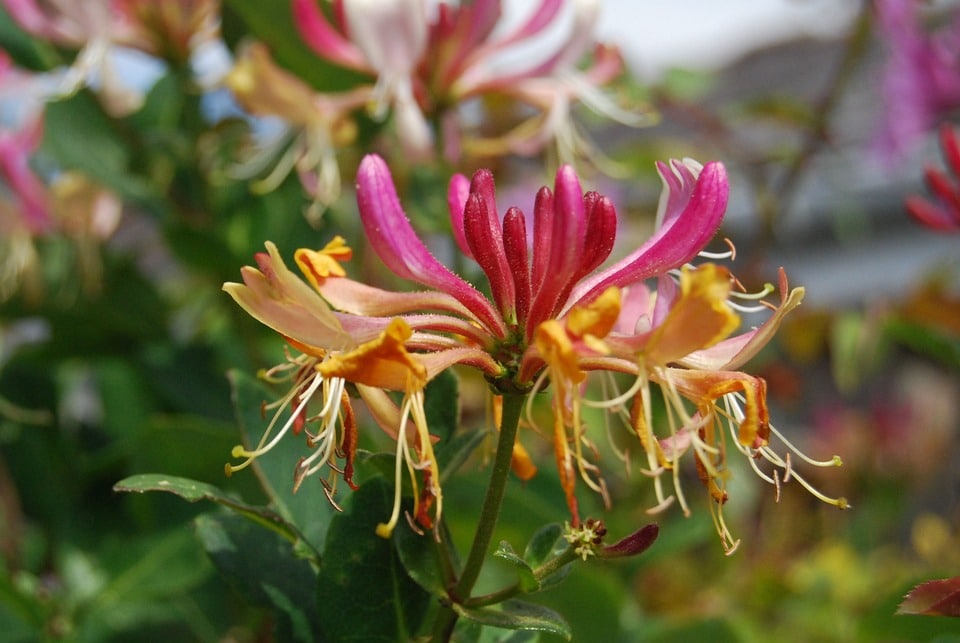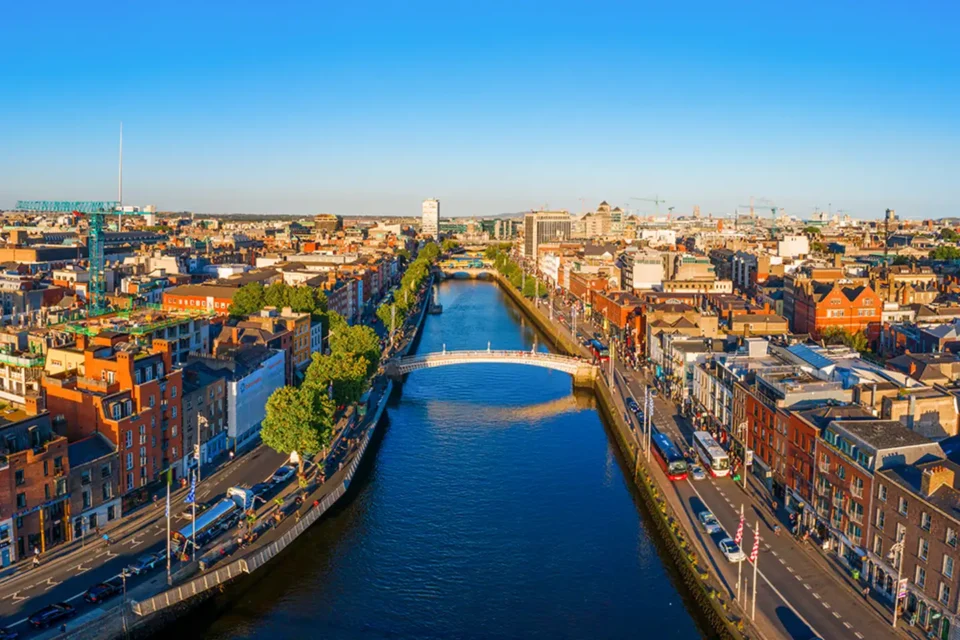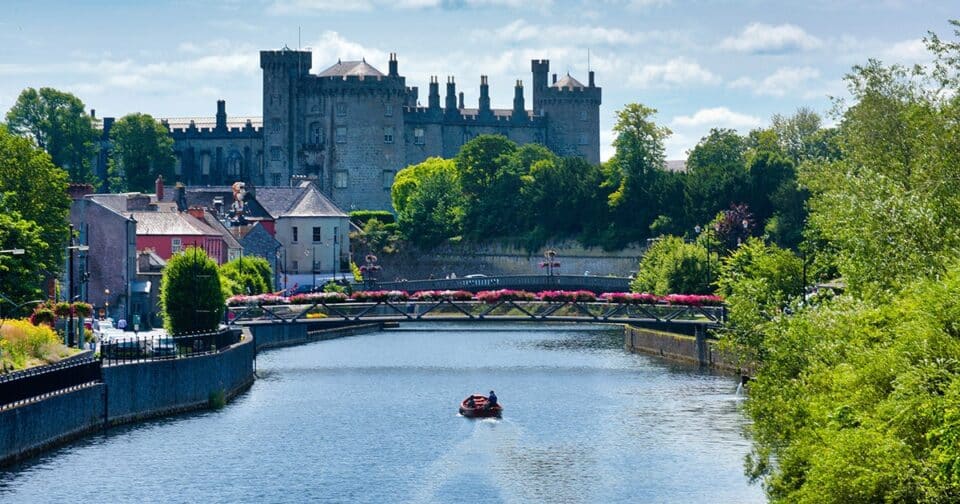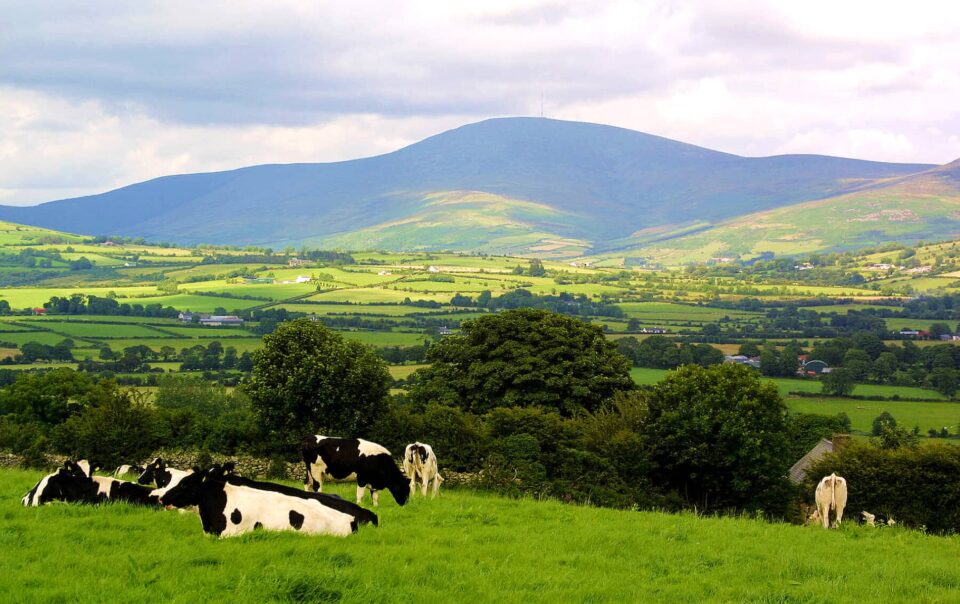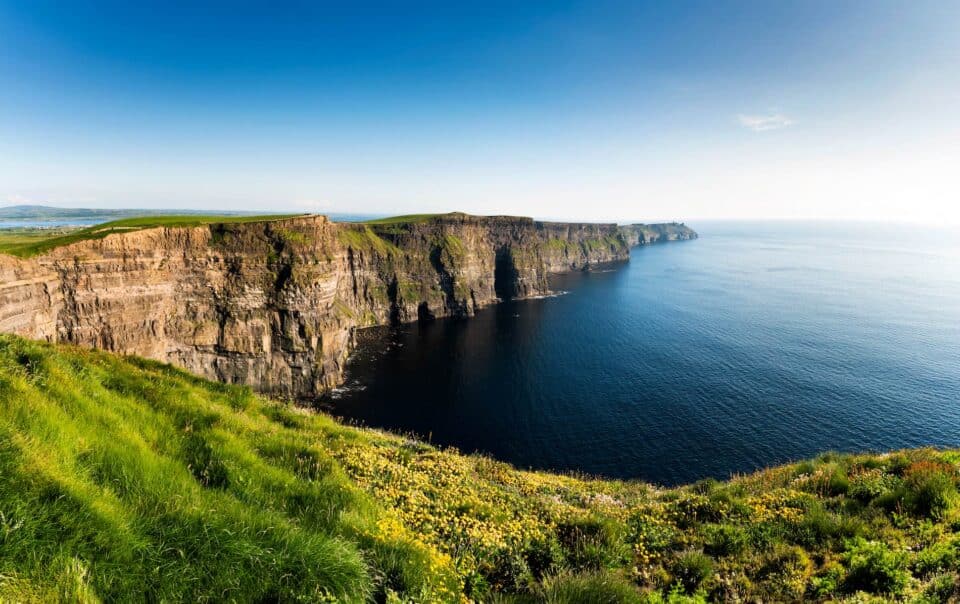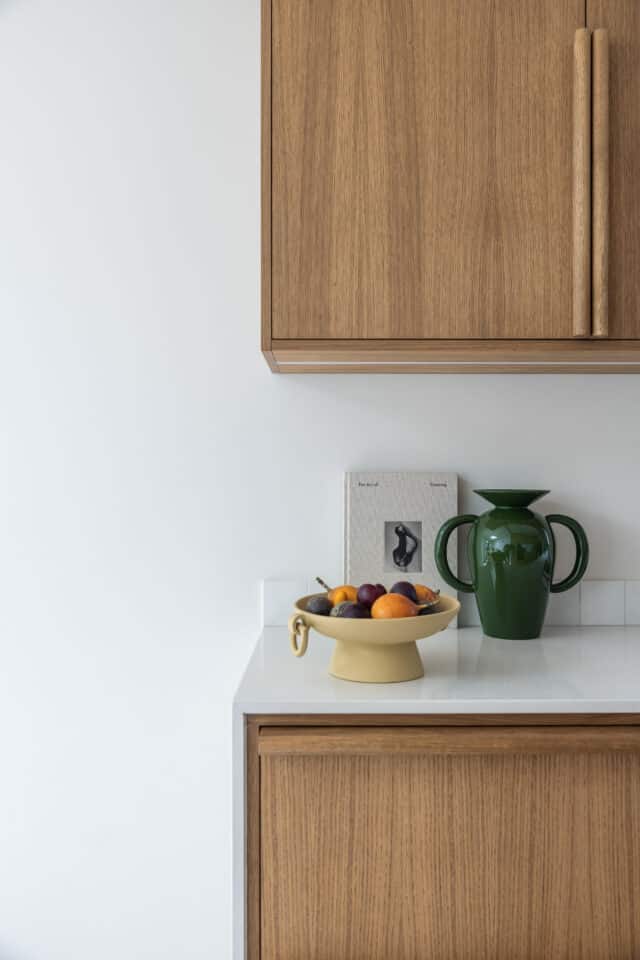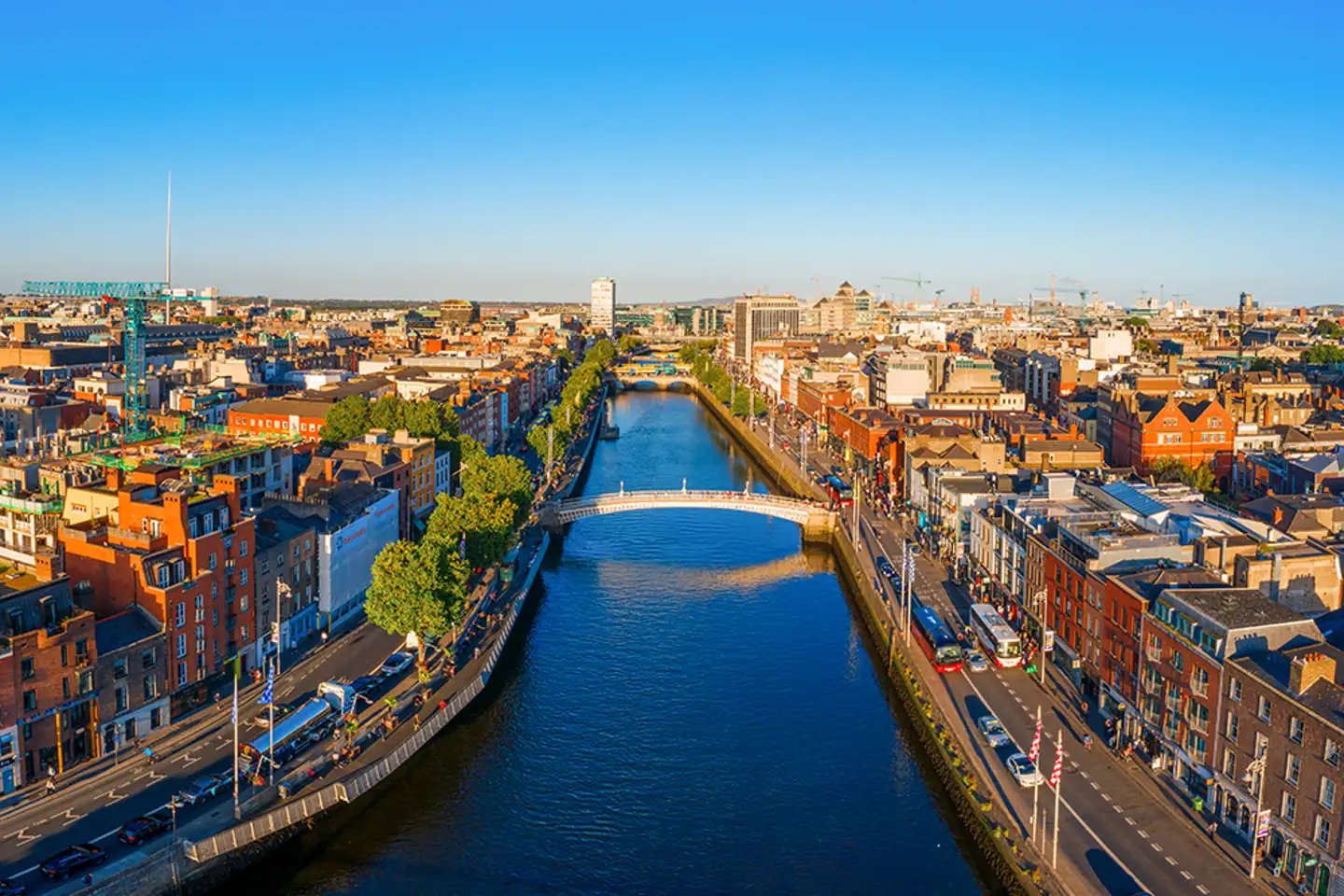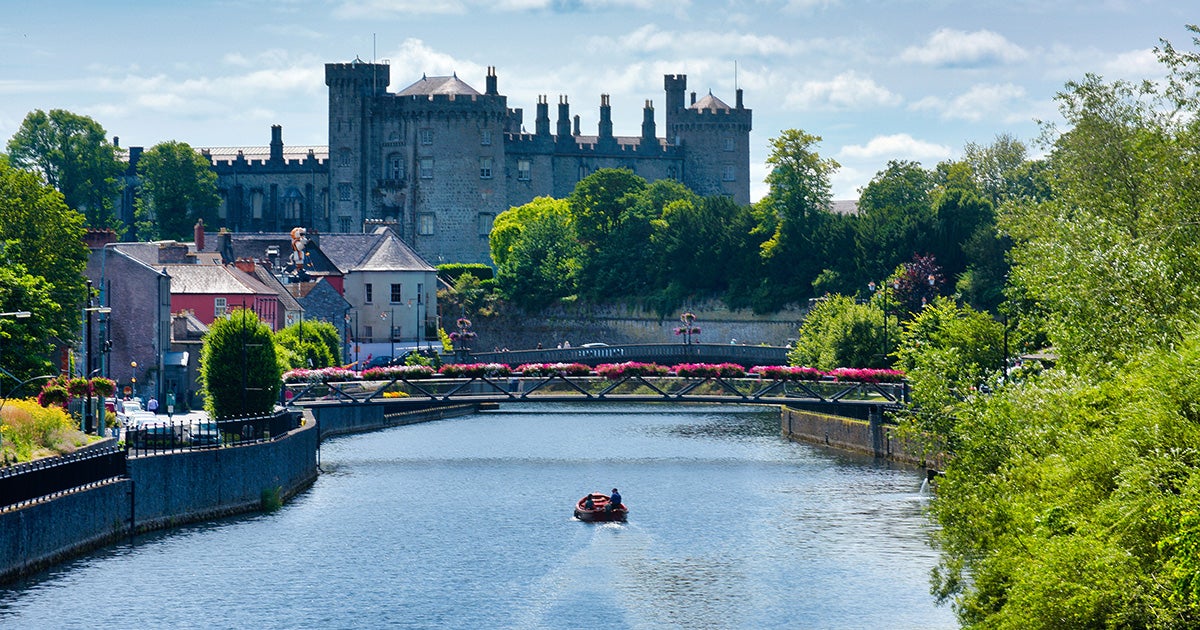In this article we cover:
- Garden project in Co Clare
- How to tackle access from the house
- Back, front and side garden design details
- Top tips for garden design in rural areas
- Garden plans
- Photos of plants
As a garden designer based in the west of Ireland, I’ve worked on homes in some beautiful locations – lush green countryside, native woodlands, and a spectacular coast – this region has it all. Even so, the location for this project really takes the cake.
Nestled into a hill in the Burren in Co Clare – a world famous Unesco Global Geopark – this home has a panoramic view over one of its most attractive lakes, with the grey limestone Burren hills rising beyond and a wealth of native flora and fauna making their home around its edges.
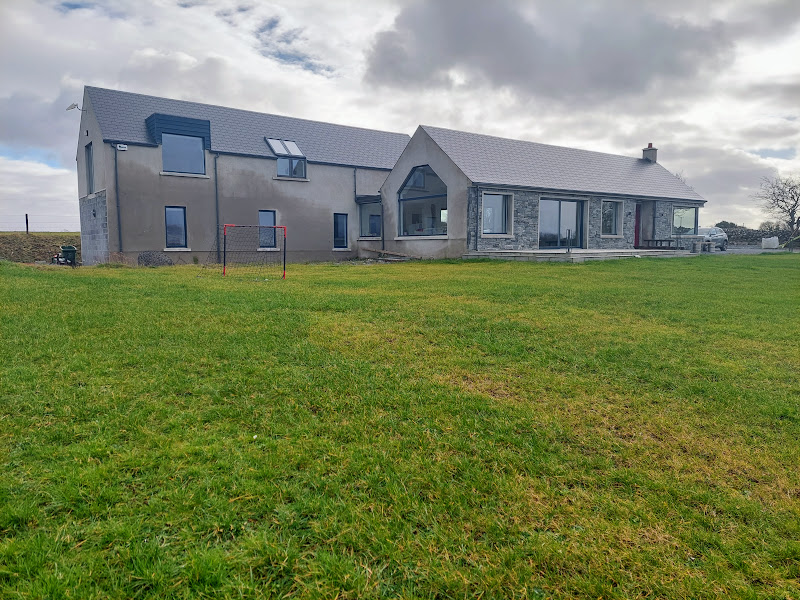
Busy parents to a young family, my clients needed a garden design that would allow them to enjoy the panoramic view, be sensitive to the surroundings and be suitable for outdoor family living. The hillside location means winds from the lake can sometimes be brisk, and such is the beauty of the surroundings they wanted to create more than one seating area outdoors, so that different parts of the garden could be enjoyed depending on the weather and direction of the sun.
Although carefully designed to suit its location, this home has been created for a contemporary blend of family living and working, and the intention is to make the garden very much part of the living space in the warmer months.
Front and side gardens
To the front, the existing grey sandstone paved area, raised level with the interior floor, is linked to the lawn beyond with planted borders wrapped around in raised beds, finished in the local limestone used for the house façade.
A blend of contemporary, easy maintenance planting with softer, loose planting featuring seasonal colour ensures a smart look for the front of the property throughout the year, with elements of interest appearing at different times throughout the seasons. As well as softening and complementing the front of the house, the planting will frame the view of the lake from the open plan living area inside.
Steps lead to a second paved area for evening sun, to the side of the house in a more sheltered corner, with raised planted beds visible through the generously sized side windows. Glass panels can be added to these in the future if extra wind shelter is required, and the paving and planting can be
extended easily to cater for a possible future extension at this end of the house.
A hedge of native green beech, Fagus sylvatica, encloses the garden while helping to link it visually with the landscape beyond – striking even in winter, in spring and summer the landscape is truly magical and in autumn, the gold and bronze tints of the beech will reflect the blazing colour of the native hedgerows below.
Back garden
An informal bench with planting sits in a corner of the site, from which you can hear, in the words of poet W.B. Yeats – who owned a home nearby – “lake water lapping with low sounds by the shore”. The rear of the house is sheltered and sunny in the mornings, so an enclosed breakfast area with colourful planting allows the family and visitors to gather after summer morning swims in the lake.
Elsewhere, there’s room for a children’s play area, some native trees and hedging and a wildflower meadow on a slope, all of which will encourage beneficial wildlife, helping to keep the garden naturally healthy, and providing room for the family to live, play and grow in this very precious part of our island.
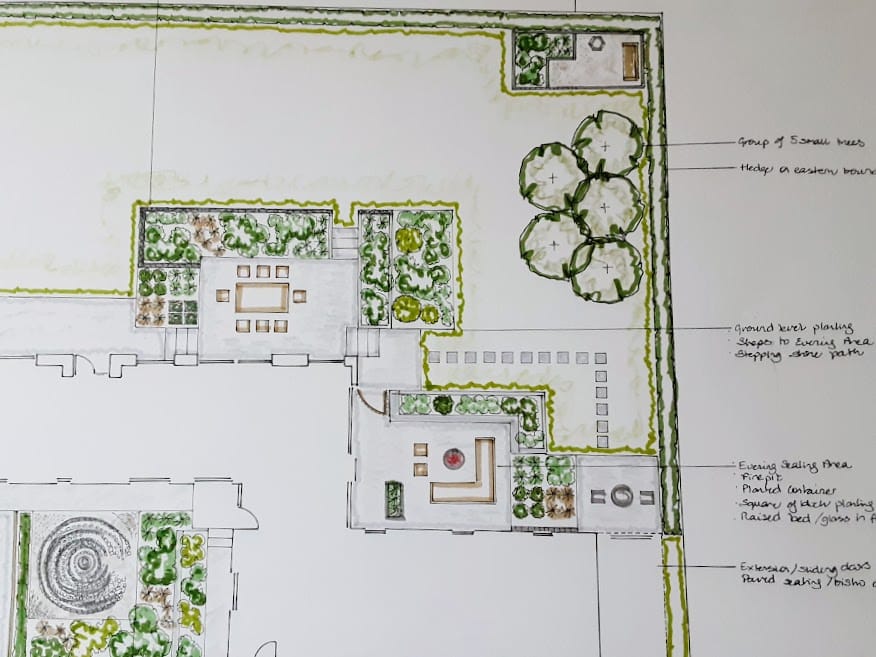
Tips
Soften the look of the house with a variety of plants. Combining different styles of planting can help your home sit well in its surroundings – making sure the plants selected are suitable for your location, soil type and conditions.
How will the house be used in the future? As time passes and families grow, your outdoor as well as indoor needs may change, so it makes sense to consider future plans when briefing your garden designer so that your garden plans can be flexible.
The best hedging for rural areas. Native green beech, Fagus sylvatica, is a super hedging choice, especially in rural areas, just be careful not to confuse it with copper beech, which actually has dark purple leaves.

